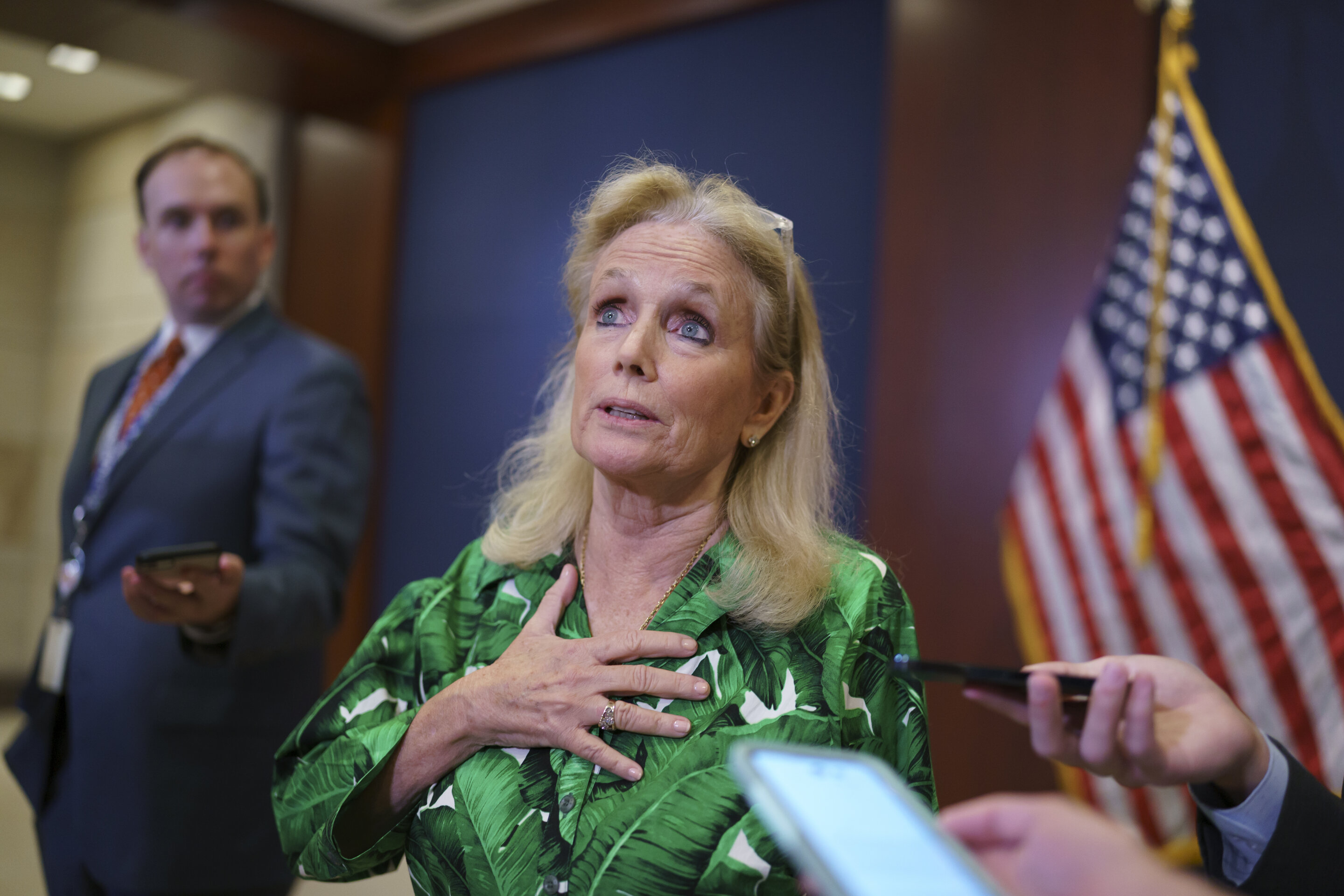#Connecting rural African communities one bus at a time


In urban African communities, communication infrastructure has made it possible for people to share information quickly and easily. However, the same cannot be said for rural areas where there are tight resource constraints and a lack of investment opportunities. In these isolated regions where houses are kilometers apart, residents are not able to reliably communicate, regardless of what kind of information they are transmitting.
Emmanuel Ndashimye, assistant teaching professor at Carnegie Mellon University Africa, is part of a team of researchers from the Upanzi Network hoping to bridge this digital divide between urban and rural communities. His research aims to create an opportunistic connectivity network using public transportation systems, which would allow people to temporarily receive and send information as buses drive through their villages. This solution would support the communication needs in these areas in a cost-efficient, accessible way.
In this approach, ideas from two types of networks are combined to create this opportunistic communication. The delay-tolerant network (DTN) allows for uploaded information to be stored for a short period of time until there is an opportunity for it to be sent. “For example, if a bus is equipped with a gateway device that allows for data to be collected wherever it’s passing, it can save that data for a whole week,” Ndashimye says. “When the bus is passing by where that data needs to go, they are able to connect to the bus, quickly download the information, and the bus can continue on its route.”
The second network is called a named data network (NDN), which allows for the categorization of information that is being sent. Packets of information can be titled with certain names (e.g. “farming,” “health,” or “agriculture”), which can then be selectively harvested by the bus. “Instead of gathering information from numbers like we do in the IP network with modern computers, we are gathering based on the name of the content,” Ndashimye says. “If we say ‘agriculture,’ the bus will pick out the data labeled as agriculture and nothing else.”
Moving forward, the team aims to provide their network with the ability to connect to not only Wi-Fi, but also to Bluetooth and a Global System for Mobile Communications (GSM) network. These alternative types of connections will serve as the “opportunistic” aspect of the network and allow for more universal access for the residents of rural areas.
While this research is still in the early stages of development, the researchers hope to have a small-scale deployment of the project soon. If successful, the team will then be able to integrate their solution on a larger scale, bringing the people in rural African communities a way to communicate and connect.
Citation:
Connecting rural African communities one bus at a time (2024, January 4)
retrieved 4 January 2024
from https://techxplore.com/news/2024-01-rural-african-communities-bus.html
This document is subject to copyright. Apart from any fair dealing for the purpose of private study or research, no
part may be reproduced without the written permission. The content is provided for information purposes only.
If you liked the article, do not forget to share it with your friends. Follow us on Google News too, click on the star and choose us from your favorites.
For forums sites go to Forum.BuradaBiliyorum.Com
If you want to read more Like this articles, you can visit our Science category.



